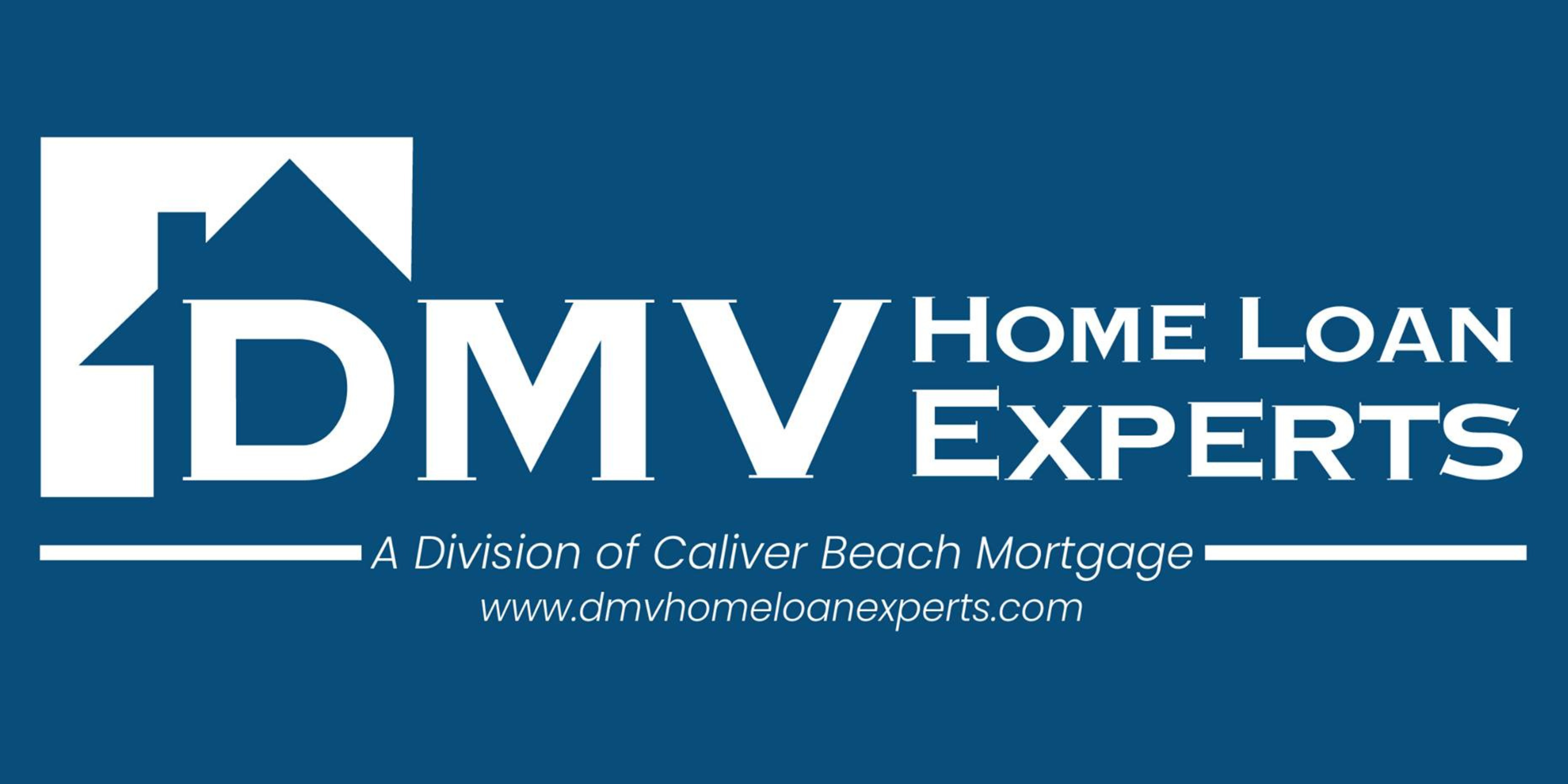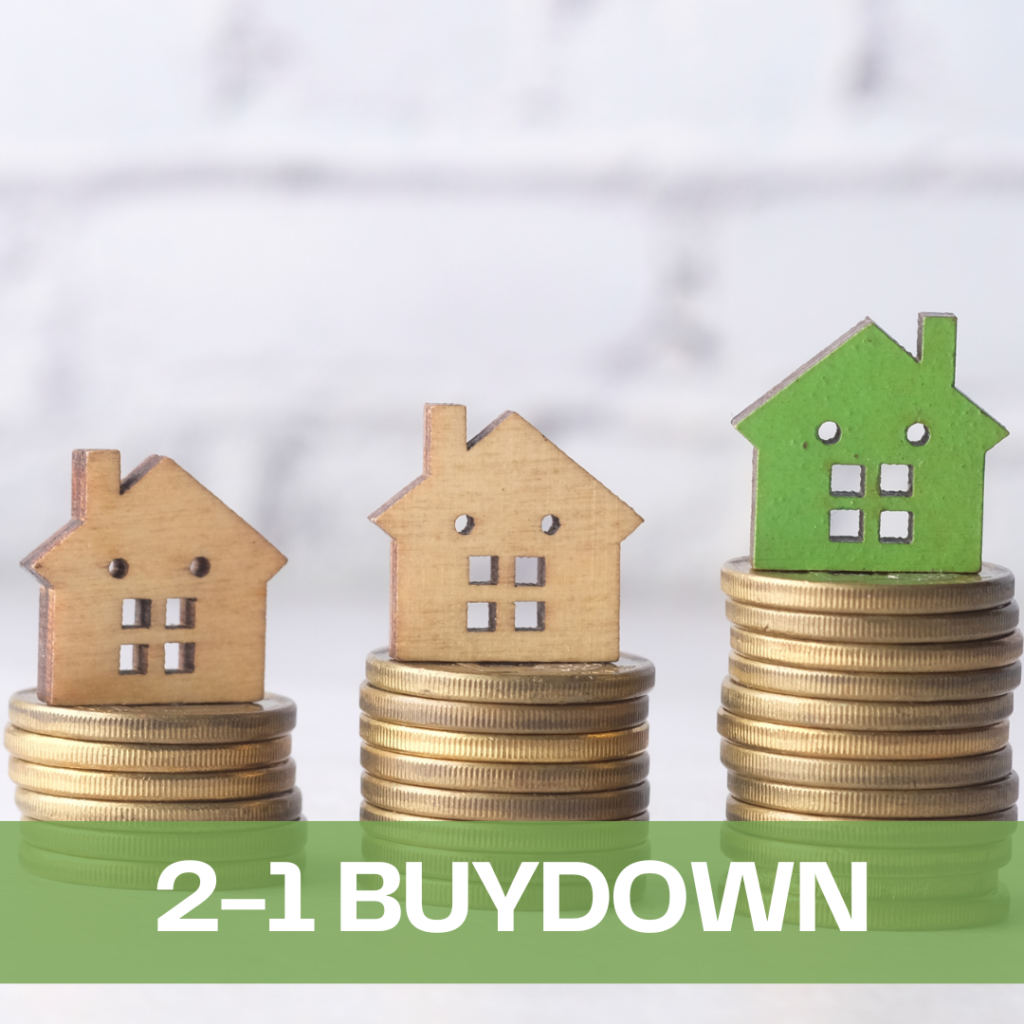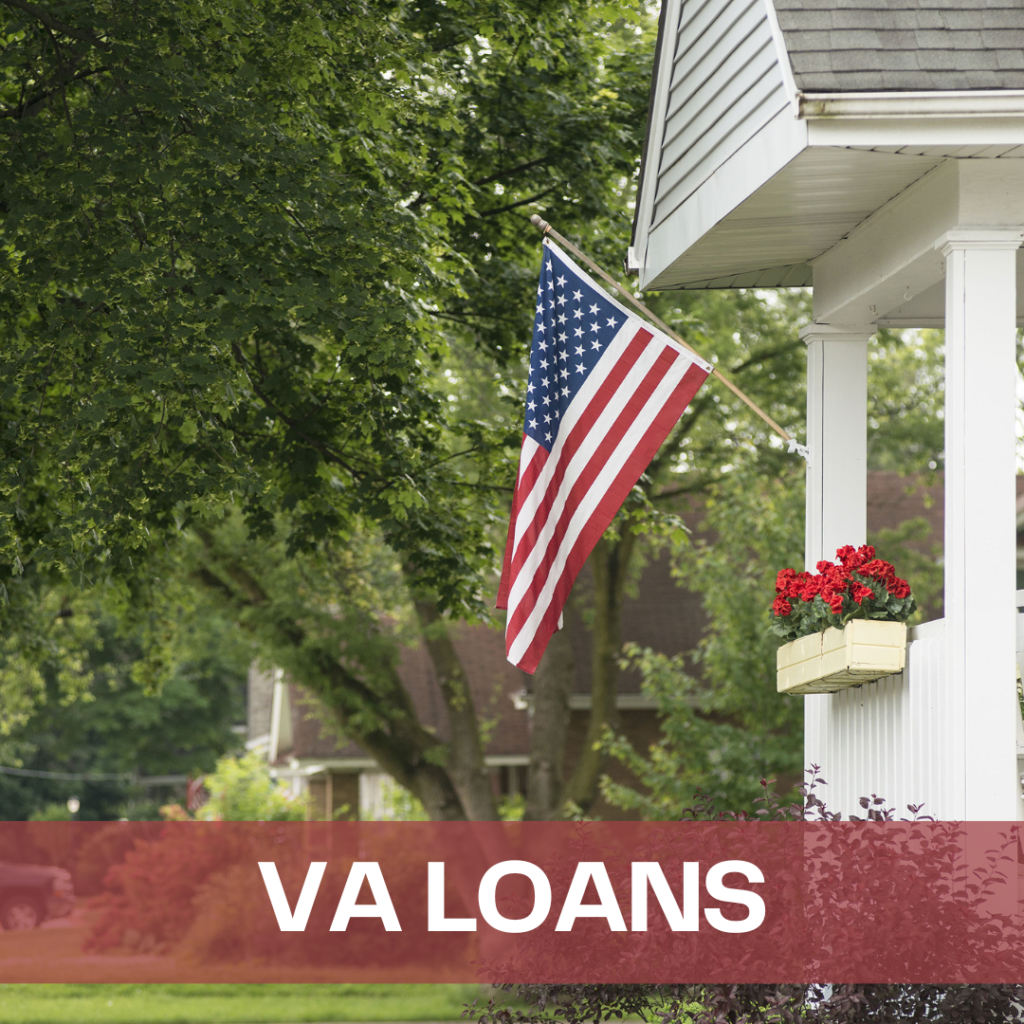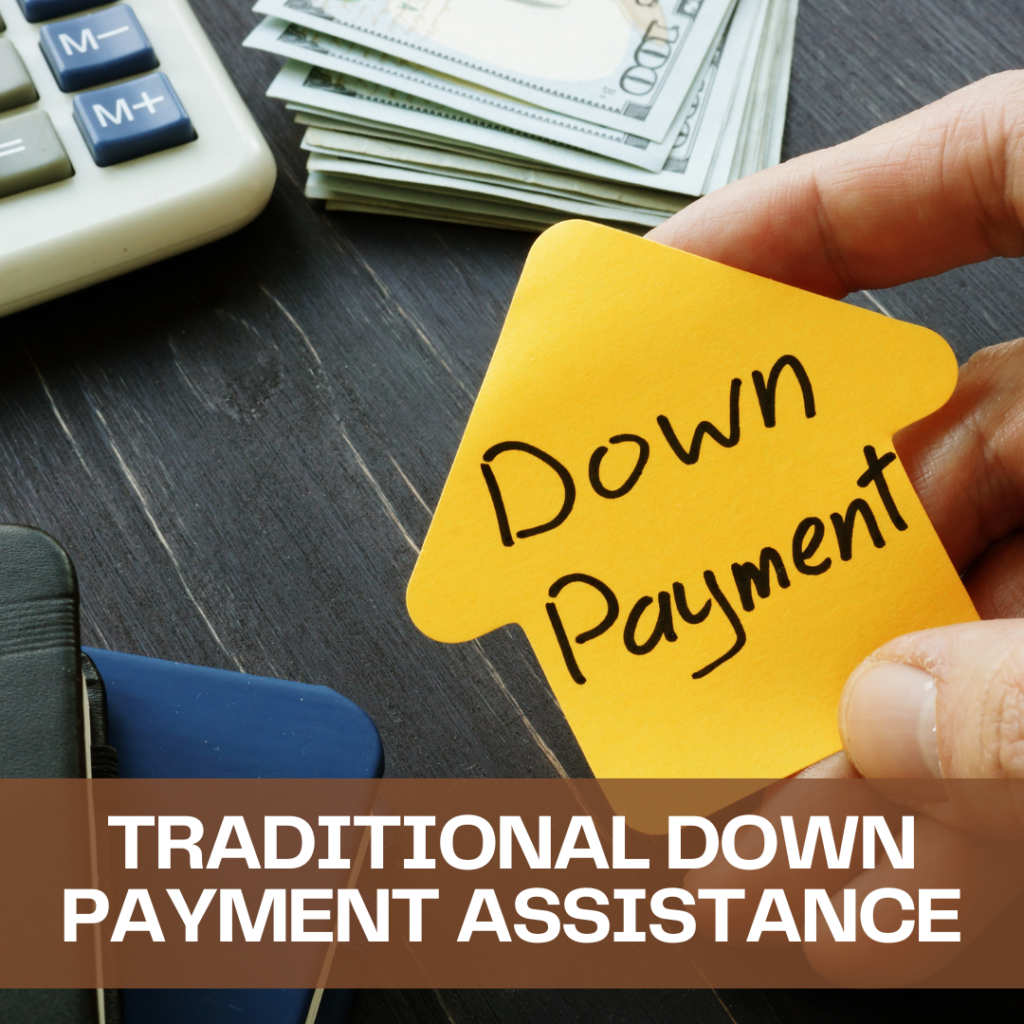Your cart is currently empty!
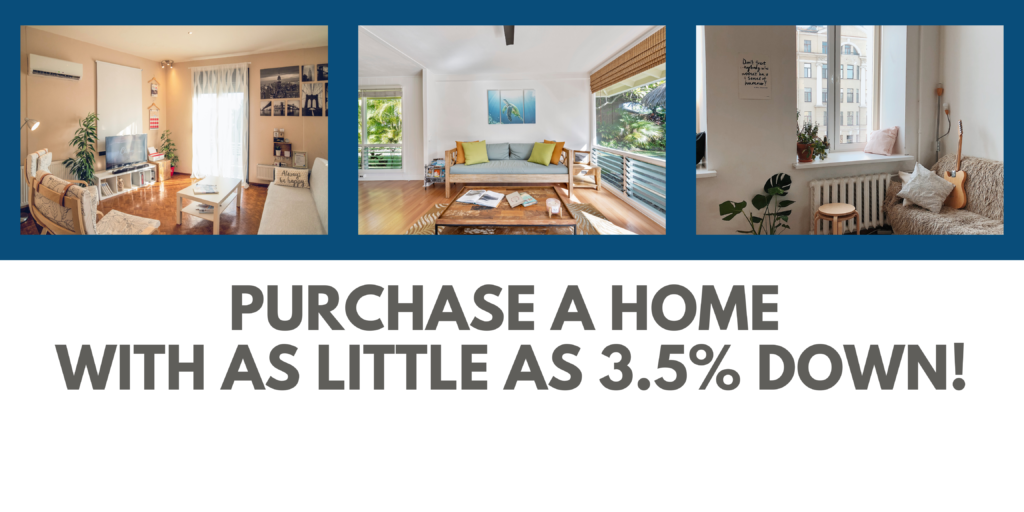
FHA LOANS ARE GREAT FOR BUYERS WITH LOWER DOWN PAYMENTS AND ARE SOMETIMES EASIER TO QUALIFY FOR THAN A CONVENTIONAL LOAN.
IF YOU’VE BEEN PUTTING OFF BUYING A HOME BECAUSE YOU THINK YOU NEED A BIG DOWN PAYMENT, LET’S TALK ABOUT OUR FHA LOANS
Our FHA loans are perfect for homebuyers with limited savings and easier to qualify for than you might think.
- Just 3.5% down. For less than a few months’ rent, you could be building equity in a home of your own.
- Easy qualification. Our FHA loans are more forgiving when it comes to your past credit.
- Fast and worry-free. We close most loans in 20 days or less. You may even be able to include your closing costs in the mortgage.
- Gift funds accepted. Family members are welcome to help out with your down payment.
FAQs: Federal Housing Administration (FHA)
FHA BASIC MORTGAGE LOAN 203(b)
What is the purpose of this program?
To provide mortgage insurance for a person to purchase or refinance a principal residence. The mortgage loan is funded by a lending institution, such as a mortgage company, bank, savings and loan association and the mortgage is insured by HUD.
What are the eligibility requirements?
- The borrower must meet standard FHA credit qualifications.
- The borrower is eligible for approximately 96.5% financing. The borrower is able to finance the upfront mortgage insurance premium into the mortgage. The borrower will also be responsible for paying an annual premium.
- Eligible properties are one-to-four unit structures.
What are the mortgage limits in your area?
To learn more about the mortgage limits check here.
FHA STREAMLINE MORTGAGE
What is Streamline Refinance?
Streamline refinance refers to the refinance of an existing FHA-insured mortgage requiring limited borrower credit documentation and underwriting. Streamline refinances are available under credit qualifying and non-credit qualifying options. “Streamline refinance” refers only to the amount of documentation and underwriting that the lender must perform, and does not mean that there are no costs involved in the transaction.
What are the basic requirements?
- The mortgage to be refinanced must already be FHA insured.
- The mortgage to be refinanced must be current (not delinquent).
- The refinance results in a net tangible benefit to the borrower. The definition of net tangible benefit varies based on the type of loan being refinanced, and the interest rate and/or term of the new loan.
- Cash in excess of $500 may not be taken out on mortgages refinanced using the streamline refinance process.
- Investment Properties are only eligible for FHA insurance if the borrower is a HUD-approved Nonprofit Borrower, or a state and local government agency, or an Instrumentality of Government.
FHA REHABILITATION MORTGAGE 203(k)
What is the purpose of this program?
Section 203(k) fills a unique and important need for homebuyers. When buying a house that needs repair or modernization, homebuyers usually have to follow a complicated and costly process. The interim acquisition and improvement loans often have relatively high interest rates, short repayment terms and a balloon payment. However, Section 203(k) offers a solution that helps both borrowers and lenders, insuring a single, long term, fixed or adjustable rate loan that covers both the acquisition and rehabilitation of a property. Section 203(k) insured loans save borrowers time and money. They also protect the lender by allowing them to have the loan insured even before the condition and value of the property may offer adequate security.
For less extensive repairs/improvements, see Limited 203(k).
What is a Limited 203(k) Mortgage?
FHA’s Limited 203(k) program permits homebuyers and homeowners to finance up to $35,000 into their mortgage to repair, improve, or upgrade their home. Homebuyers and homeowners can quickly and easily tap into cash to pay for property repairs or improvements, such as those identified by a home inspector or an FHA appraiser. Homeowners can make property repairs, improvements, or prepare their home for sale. Homebuyers can make their new home move-in ready by remodeling the kitchen, painting the interior or purchasing new carpet.
What type of assistance is provided by this program?
Section 203(k) insures mortgages covering the purchase or refinancing and rehabilitation of a home that is at least a year old. A portion of the loan proceeds is used to pay the seller, or, if a refinance, to pay off the existing mortgage, and the remaining funds are placed in an escrow account and released as rehabilitation is completed. The cost of the rehabilitation must be at least $5,000, but the total value of the property must still fall within the FHA mortgage limit for the area. The value of the property is determined by either (1) the value of the property before rehabilitation plus the cost of rehabilitation, or (2) 110 percent of the appraised value of the property after rehabilitation, whichever is less.
Many of the rules and restrictions that make FHA’s basic single family mortgage insurance product (Section 203(b)) relatively convenient for lower income borrowers apply here. But lenders may charge some additional fees, such as a supplemental origination fee, fees to cover the preparation of architectural documents and review of the rehabilitation plan, and a higher appraisal fee.
What are the eligible activities?
The extent of the rehabilitation covered by Section 203(k) insurance may range from relatively minor (though exceeding $5000 in cost) to virtual reconstruction: a home that has been demolished or will be razed as part of rehabilitation is eligible, for example, provided that the existing foundation system remains in place. Section 203(k) insured loans can finance the rehabilitation of the residential portion of a property that also has non-residential uses; they can also cover the conversion of a property of any size to a one- to four- unit structure. The types of improvements that borrowers may make using Section 203(k) financing include:
- structural alterations and reconstruction
- modernization and improvements to the home’s function
- elimination of health and safety hazards
- changes that improve appearance and eliminate obsolescence
- reconditioning or replacing plumbing; installing a well and/or septic system
- adding or replacing roofing, gutters, and downspouts
- adding or replacing floors and/or floor treatments
- major landscape work and site improvements
- enhancing accessibility for a disabled person
- making energy conservation improvements
HUD requires that properties financed under this program meet certain basic energy efficiency and structural standards.
FHA ADJUSTABLE RATE MORTGAGES (ARM)
What is an ARM?
An ARM is an Adjustable Rate Mortgage. Unlike fixed rate mortgages that have an interest rate that remains the same for the life of the loan, the interest rate on an ARM will change periodically. The initial interest rate of an ARM is lower than that of a fixed rate mortgage, consequently, an ARM may be a good option to consider if you plan to own your home for only a few years; you expect an increase in future earnings; or, the prevailing interest rate for a fixed rate mortgage is too high.
What are the four components of ARM?
- Index
- Margin
- Interest rate cap structure
- Initial interest rate period
What happens when the initial interest period expired?
When the initial interest rate period has expired, the new interest rate is calculated by adding a margin to the index. Your lender will disclose the margin at time of loan application (margins may vary from lender to lender, so it’s a good idea to shop around for a low margin). As the index figure moves up or down, your interest rate will be adjusted accordingly.
What are the acceptable index options on FHA insured ARM loan transactions?
- The Constant Maturity Treasury (CMT) index (weekly average yield of U.S. Treasury securities, adjusted to a constant maturity of one year); or
- The 1-year London Interbank Offered Rate (LIBOR). Increases or decreases in the interest rate will be limited by the interest rate cap structure of your loan.
What are the two types of interest rate caps?
The interest rate cap structure provides some protection from large interest rate swings. There are two types of caps:
- Annual – restricts the amount your interest rate can change, up or down, in any given year
- Life-of-the-loan – limits the maximum (and minimum) interest rate you can pay for as long as you have the mortgage.
FHA offers a standard 1-year ARM and four “hybrid” ARM products. Hybrid ARMs offer an initial interest rate that is constant for the first 3-, 5-, 7-, or 10 years. After the initial period, the interest rate will adjust annually.
What are the different interest rate cap structures for the various ARM products?
- 1- and 3-year ARMs may increase by one percentage point annually after the initial fixed interest rate period, and five percentage points over the life of the Mortgage.
- 5-year ARMs may either allow for increases of one percentage point annually, and five percentage points over the life of the Mortgage; or increases of two percentage points annually, and six points over the life of the Mortgage.
- 7- and 10-year ARMs may only increase by two percentage points annually after the initial fixed interest rate period, and six percentage points over the life of the Mortgage.
MORTGAGE INSURANCE PREMIUM
What is Upfront Mortgage Insurance Premium?
Most FHA mortgage insurance programs require the payment of UFMIP, which may be financed into the Mortgage. The UFMIP is not considered when calculating the area-based Nationwide Mortgage Limits and LTV limits.
The UFMIP charged for all amortization terms is 175 Basis Points (bps), unless otherwise stated in the applicable Programs and Products or in the MIP chart.
The UFMIP must be entirely financed into the Mortgage or paid entirely in cash. Any UFMIP amounts paid in cash are added to the total cash settlement requirements. However, if the UFMIP is financed into the Mortgage, the entire amount is to be financed except for any amount less than $1.00.
The mortgage amount must be rounded down to the nearest whole dollar amount, regardless of whether the UFMIP is financed or paid in cash.
What is Annual (or Periodic) Mortgage Insurance Premium?
The periodic MIP is an annual MIP that is payable monthly. The amount of the annual MIP is based on the LTV ratio, Base Loan Amount and the term of the Mortgage.
The MIP rate and duration of the MIP assessment period vary by mortgage term, Base Loan Amount, and LTV ratio for the Mortgage, as shown in the MIP chart.
Mortgage Insurance Premium Chart
Read the article here.
